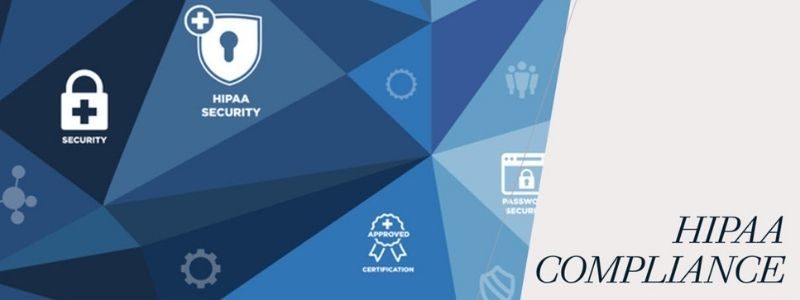HIPAA Privacy and Security is continuing to be one of the most important functions in any healthcare organization. The United States set up HIPAA to protect medical data for citizens. It’s a complex law that has a far reach. It covers privacy as well as security of protected health information, or PHI. The HIPAA Privacy and Security Rules have specific functions within the act. And parties that fail to comply with these standards can face serious fines and penalties.
Consequently, understanding the difference between the rules and the functions of each can support compliance.
What is the HIPAA Privacy Rule?
The HIPAA Privacy Rule specifically safeguards protected health information (PHI). Essentially, it defines how it can be used and disclosed. Only approved individuals as described under the rule can have access. Also, it requires that PHI be disclosed to the patient when they request it.
Under the HIPAA Privacy Rule, PHI is any data that can identify a person. This includes:
- Name (full name, surname, initials, etc.).
- Social Security Number.
- Address.
- Email.
- Phone number.
- Date of birth.
The Privacy Rule also mandates that organizations get permission from a patient before releasing PHI to a third party. The only exemption to that rule is if the third party is involved in the patient’s treatment, operation, or payment for service. In such cases, they don’t have to get the patient’s consent.
The HIPAA Privacy Rule also placed the “Minimum Necessary Rule.” It limits the PHI that healthcare workers can access and disclose. They can only access the minimum PHI that they need to perform their jobs.
What is the HIPAA Security Rule?
The HIPAA Security Rule safeguards electronic PHI (ePHI). It defines how the data is created, used, received, and maintained. It also requires that security measures are put in place to maintain the confidentiality, availability, and integrity of ePHI.
There are several areas that healthcare groups must address to protect ePHI. However, the organization has the freedom to decide which safeguards are relevant and necessary for their specific situation, location, services, and needs.
The three safeguards in the HIPAA Security Rule are:
| Administrative | Proper training of staff so that they can execute and maintain the security measures that the organization has in place. Three key areas help enforce the security safeguards:
|
| Technical | Cybersecurity measures for the organization. These include:
|
| Physical | Ensures the physical security of the areas and servers where the PHI and ePHI are maintained. They include:
|
Follow HIPAA Privacy and Security Rules
Patients need to know that their PHI is safe at all times. HIPAA Privacy and Security regulations can seem overwhelming, but ignorance is not an excuse to the OCR or HHS. If your organization is a HIPAA-covered entity, business associate, or subcontractor, you will need to ensure you are fully compliant.
Remember, HIPAA compliance is not a one-time process but an ongoing commitment to follow all regulations. This includes remaining current on updates as well as training employees on privacy and security information procedures.

